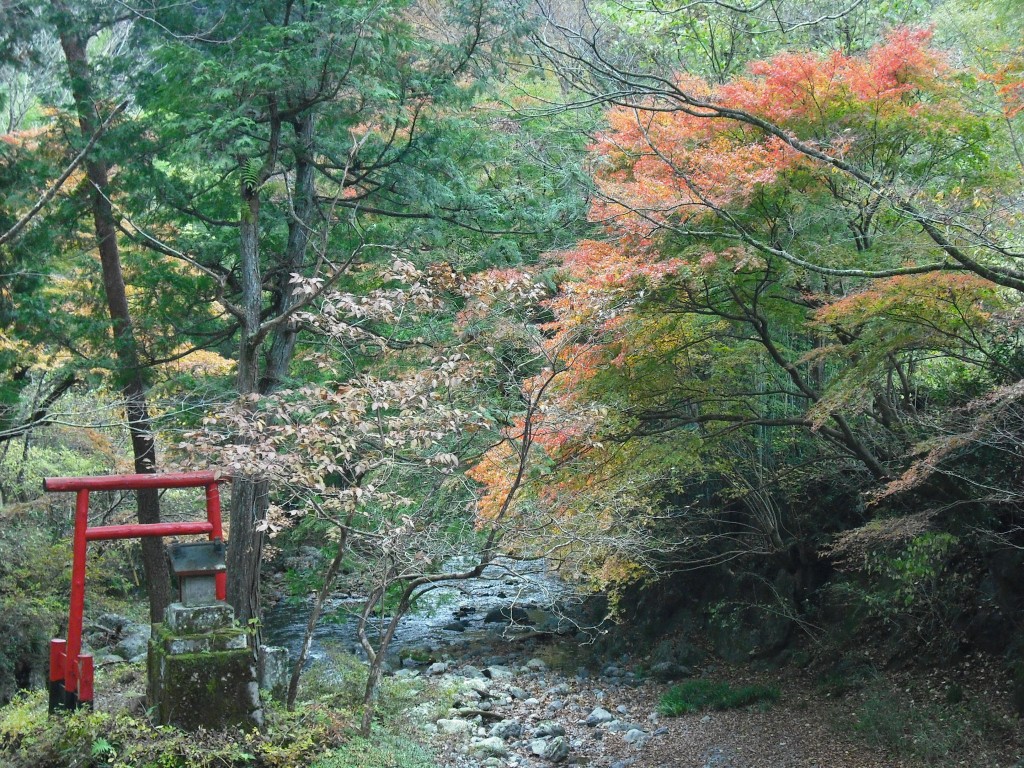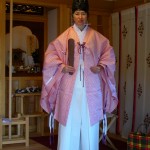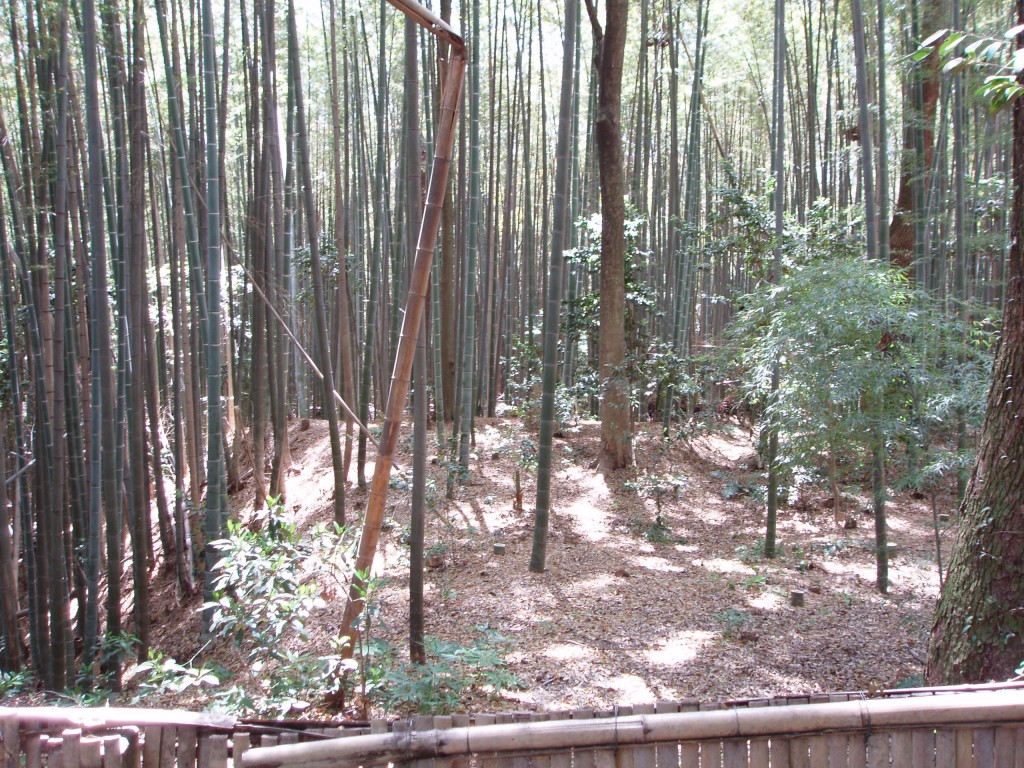
Woods near Hakone Jinja
 Had lunch with Pat Ormsby today, Shinto priest and environmentalist, who told me the history of the Asakawa Konpira fight to protect the mountain on which it stands at Takao on the fringe of Tokyo. The leading role the shrine played is an inspirational story of the direction that Shinto as a whole could take, if it is so willed. It’s a story I hope to get up on Green Shinto in full.
Had lunch with Pat Ormsby today, Shinto priest and environmentalist, who told me the history of the Asakawa Konpira fight to protect the mountain on which it stands at Takao on the fringe of Tokyo. The leading role the shrine played is an inspirational story of the direction that Shinto as a whole could take, if it is so willed. It’s a story I hope to get up on Green Shinto in full.
Earlier in the week I had a meeting with a PhD researcher into Shinto’s complex environmental stance. I’ve asked him to introduce his work here later this week. He suggested there had been movement towards green thinking in recent years, particularly the Shaso Gakkai (Association for the Study of Sacred Forests). As anyone living in Japan will know, the oases of greenery in Japanese cities are as often as not in the grounds of shrines and temples. These sacred woods have often been the sole green resistance to the onslaught of concrete. Here’s what the founder of the study group, Ueda Masaaki, has to say on the purpose of his group…
“In 2002, I established an academic society called the Shaso Gakkai (Association for the Study of Sacred Forests). “Shaso” means chinju no mori (shrine grove). The association is global and includes both Japanese and foreign scholars specializing in history, folklore, biology, geography, urbanology, botany and zoology. We’re now in our eighth year, with 600 members whose aim is not only conservation but how to creatively utilize these shrine forests. After all, the jinja are rich in diversity. Divinity lies at the heart of Shinto thought, based on the belief that everything has life.”
Another positive sign for a greener Shinto has come recently from a surprising source: the Association of Shinto Shrines, known more for political than environmental conservatism. This year it made a pledge to purchase timber for its shrines only from sustainably managed forests. They hope in this way to help prevent the clearing of forest areas and the resultant soil erosion. Given the amount of timber used in such projects as the 20-year rebuilding of Ise Shrine, this is a meaningful and very positive step in the direction of a green future. There’s a short piece about it if you click here.
Here’s hoping these green shoots grow and thrive!

Bamboo grove at Iwashimizu Hachimangu, outside Kyoto

Leave a Reply